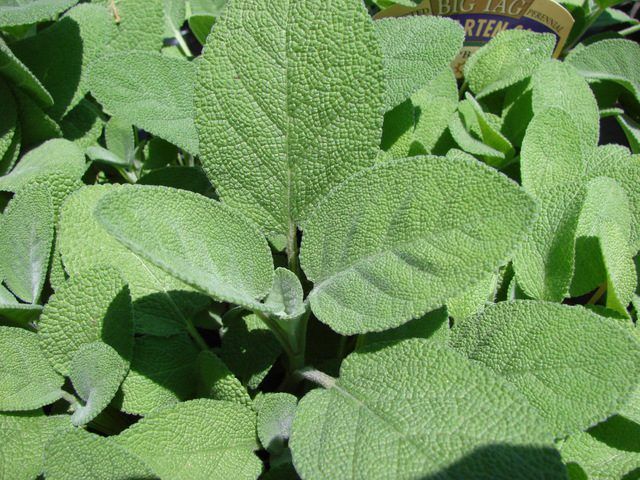Bulbs
Flower Basics
Flower Beds & Specialty Gardens
Flower Garden
Garden Furniture
Garden Gnomes
Garden Seeds
Garden Sheds
Garden Statues
Garden Tools & Supplies
Gardening Basics
Green & Organic
Groundcovers & Vines
Growing Annuals
Growing Basil
Growing Beans
Growing Berries
Growing Blueberries
Growing Cactus
Growing Corn
Growing Cotton
Growing Edibles
Growing Flowers
Growing Garlic
Growing Grapes
Growing Grass
Growing Herbs
Growing Jasmine
Growing Mint
Growing Mushrooms
Orchids
Growing Peanuts
Growing Perennials
Growing Plants
Growing Rosemary
Growing Roses
Growing Strawberries
Growing Sunflowers
Growing Thyme
Growing Tomatoes
Growing Tulips
Growing Vegetables
Herb Basics
Herb Garden
Indoor Growing
Landscaping Basics
Landscaping Patios
Landscaping Plants
Landscaping Shrubs
Landscaping Trees
Landscaping Walks & Pathways
Lawn Basics
Lawn Maintenance
Lawn Mowers
Lawn Ornaments
Lawn Planting
Lawn Tools
Outdoor Growing
Overall Landscape Planning
Pests, Weeds & Problems
Plant Basics
Rock Garden
Rose Garden
Shrubs
Soil
Specialty Gardens
Trees
Vegetable Garden
Yard Maintenance
How to Grow Sage Indoors
How to Grow Sage Indoors. Sage (Salvia officinalis) is an indispensable culinary herb. It's a favorite in stuffing and for seasoning chicken, lamb, pork sausage, turkey and wild game. In the garden, sage adds texture and dimension to the landscape. Sage can also make a contribution to your indoor landscape as a houseplant. A hardy perennial,...

Sage (Salvia officinalis) is an indispensable culinary herb. It's a favorite in stuffing and for seasoning chicken, lamb, pork sausage, turkey and wild game. In the garden, sage adds texture and dimension to the landscape. Sage can also make a contribution to your indoor landscape as a houseplant. A hardy perennial, sage can be cultivated indoors in a sunny window and harvested year round. Enjoying fresh sage when cooking is easy with a potted sage plant nearby. Growing to a height of two feet outdoors, expect potted, indoor sage to grow to half that height. Pruned plants can maintain a tidy, bushy appearance that will make them an attractive focal point and conversation piece.
Planting Sage
Select a small sage plant that is bushy and uniformly green. Specialty color varieties like yellow sage and tri-color sage will also flourish indoors.
Repot small plants into 4- to 6-inch pots to which you have added a layer of pebbles to the bottom for drainage.
Fill the pot 3/4 full with a quality potting soil.
Score any exposed, ropey roots and add the plant to the soil.
Cover plant roots with soil to the base of the stem, firm into place and water thoroughly.
Caring for Indoor Sage Plants
Provide sage with a minimum of six hours of bright light a day. Place the plant in a western or southern facing window for the warmest light. If you notice the plant becoming leggy, it needs more light. Moving it closer to the window may help, but the best solution to a low-light problem is supplementing natural light with plant grow lights.
Place sage where it is out of drafts created by heating vents, open windows or exterior doors.
Keep sage uniformly moist but never let its roots sit in water.
Wash sage in the sink or shower once a month to keep the pebbled leaves free of dust.
Harvest sage leaves as needed, but don't harvest more than half the plant in a season.
Shape the plant periodically to keep it from looking uneven. Cut out woody growth as needed.
Tips & Warnings
Sage contains plant estrogens that can help reduce the symptoms of menopause. Try a soothing sage tea before bedtime to help control night sweats.
Another interesting sage variety to keep indoors is pineapple sage (Salvia elegans). It is a larger plant, growing to 3 ft. indoors, and has a light, refreshing pineapple aroma. It is not winter hardy, so placing it in the garden in spring and bringing it indoors to overwinter is a way of cultivating this interesting plant in areas that have freezing winters.
Sage will root easily from a stem cutting.
As sage ages, it becomes woody. To keep sage handy for cooking, plan on replacing plants every three years.